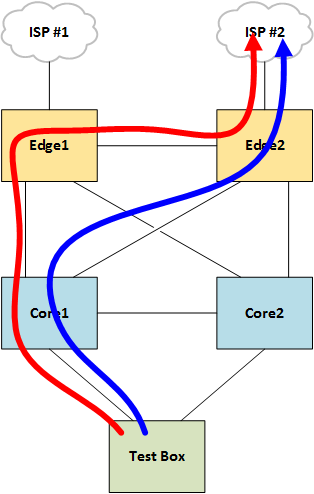HP buys Aruba and next thing you know Dell is reselling Aerohive WiFi gear
Aerohive Networks announced Monday that Dell will begin reselling its wireless LAN and related management products -- not a shocker in light of longtime Dell OEM partner Aruba Networks being snapped up by HP in a multi-billion deal last month.Aerohive says Dell is a good fit in that the 802.11ac access points and HiveManager NG cloud-based management platform help to fill out Dell's line-up of products spanning from the data center to endpoints. "We believe there is a large demand from customers that like doing business with 'pure play' access layer solution providers vs. large networking companies like Cisco and HP," says Bill Hoppin, Aerohive VP of Business Development.To read this article in full or to leave a comment, please click here
 Carrier SDN will drive new software called Lifecycle Service Orchestration, the next step beyond OSS/BSS.
Carrier SDN will drive new software called Lifecycle Service Orchestration, the next step beyond OSS/BSS.





